1. These lizard coffins are over 2,000 years old
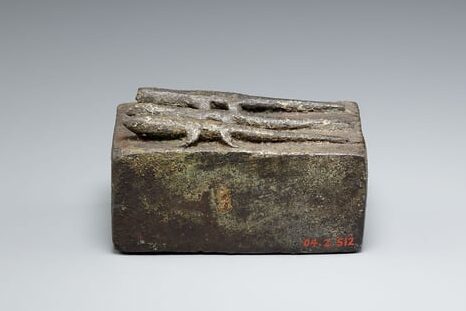
2,500 years ago, Egyptians placed tiny reptiles in decorated metal coffins and sealed them away for centuries. Today, modern science is uncovering what these unusual relics can tell us about faith, ritual, and daily life in the ancient world.The discovery of these miniature metal boxes takes us back to Egypt’s Late Period, between 664 and 250 BCE. They weren’t hidden deep inside pyramids but found in temples and burial grounds scattered across Egypt, particularly at sites like Naukratis, a bustling port city on the Nile Delta where cultures and ideas constantly met. Their age alone makes them astonishing, but the fact that they survived intact for so long, despite centuries of flooding, looting, and shifting sands, shows how deliberately they were made and protected. For archaeologists, the lizard coffins serve as time capsules, perfectly sealed windows into the spiritual practices of a civilization still brimming with mysteries.
2. They were never meant for humans
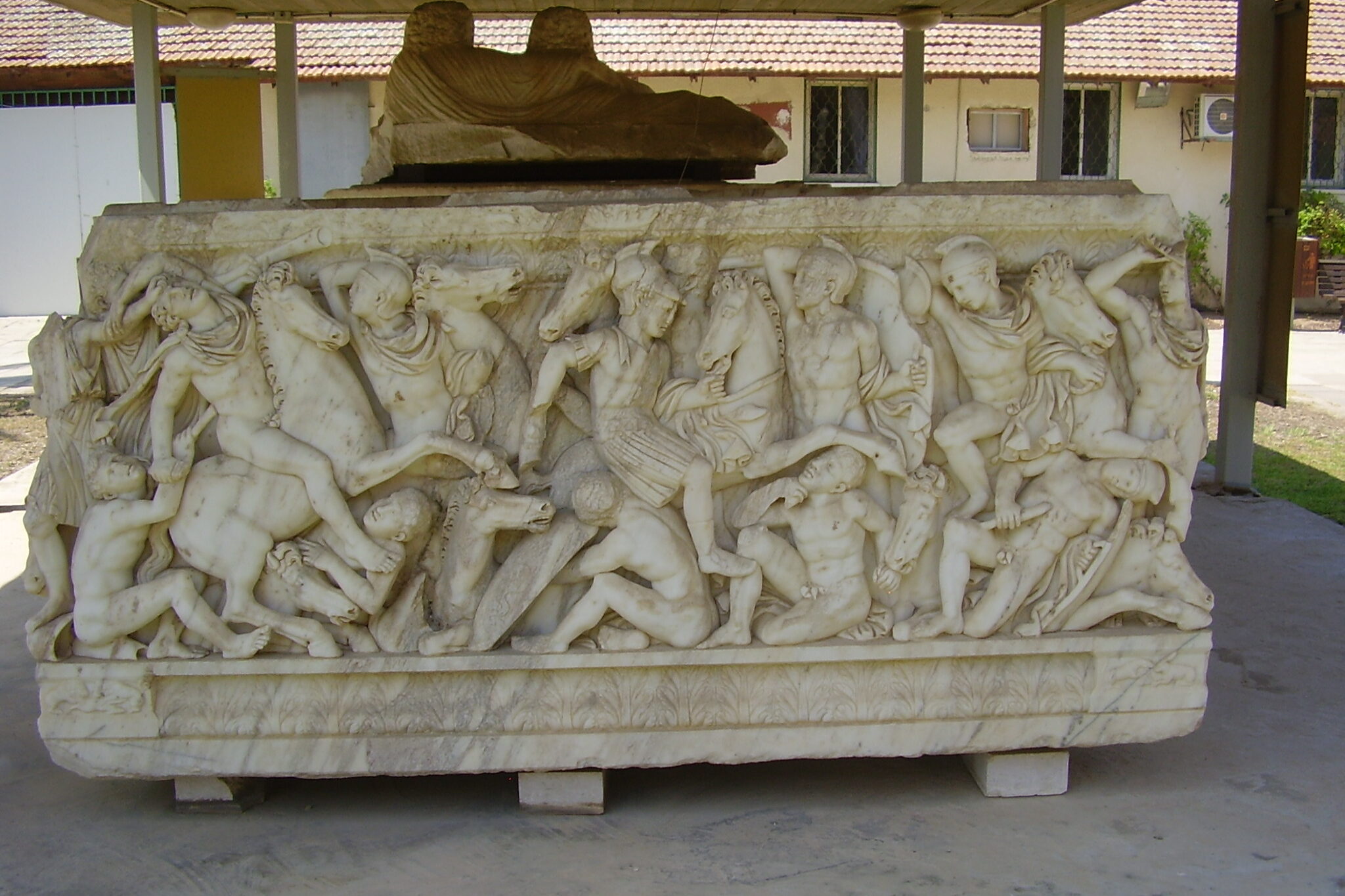
Unlike sarcophagi for pharaohs or noble families, these tiny coffins were designed with one purpose: to house animals. In ancient Egypt, animals were not only companions or symbols but also divine messengers. Worshippers purchased and dedicated animal mummies as offerings to the gods, much like lighting a candle or giving flowers in religious traditions today. Lizards, carefully wrapped and entombed, weren’t buried for status or wealth but as spiritual gifts meant to carry prayers into the afterlife. This unique tradition highlights how religion extended beyond human rituals, intertwining with the animal world in ways few other ancient cultures embraced.
3. Lizards were tied to powerful Egyptian deities
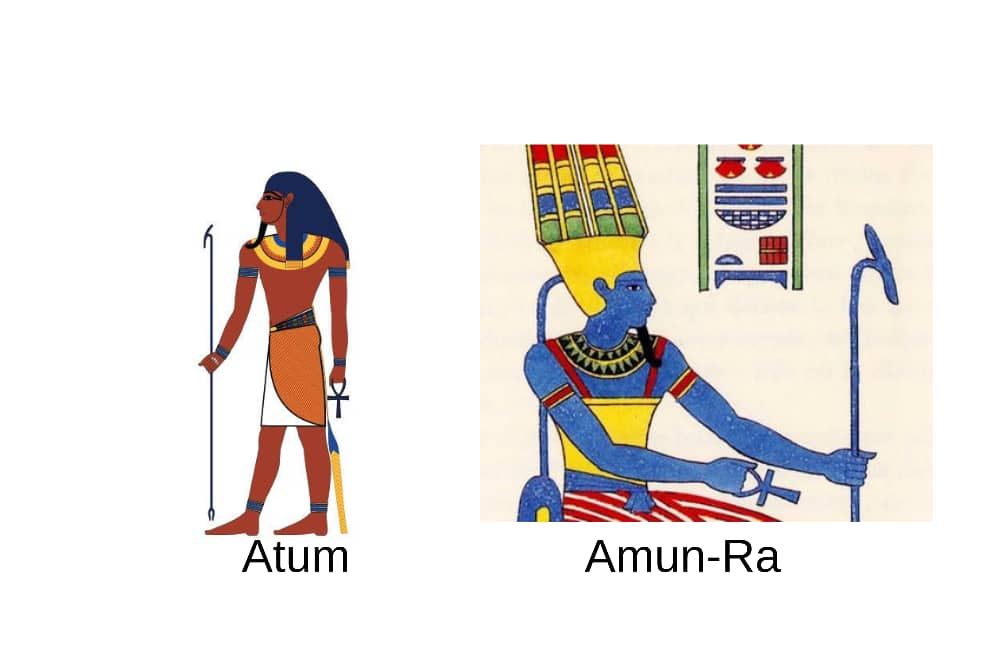
Lizards held a special place in Egyptian mythology. They were seen as creatures of regeneration, fire, and transformation, qualities that linked them to deities like Atum, the self-created sun god, and Amun-Ra, the great solar deity. Their ability to shed tails and survive in harsh deserts likely added to their sacred symbolism. By enclosing a lizard in a decorated coffin, worshippers weren’t simply preserving an animal but creating a divine channel, a way to send energy and devotion directly to the gods. These associations remind us how everyday creatures in Egypt weren’t ordinary at all, they carried cosmic meaning.
4. Millions of animals were mummified in ancient Egypt
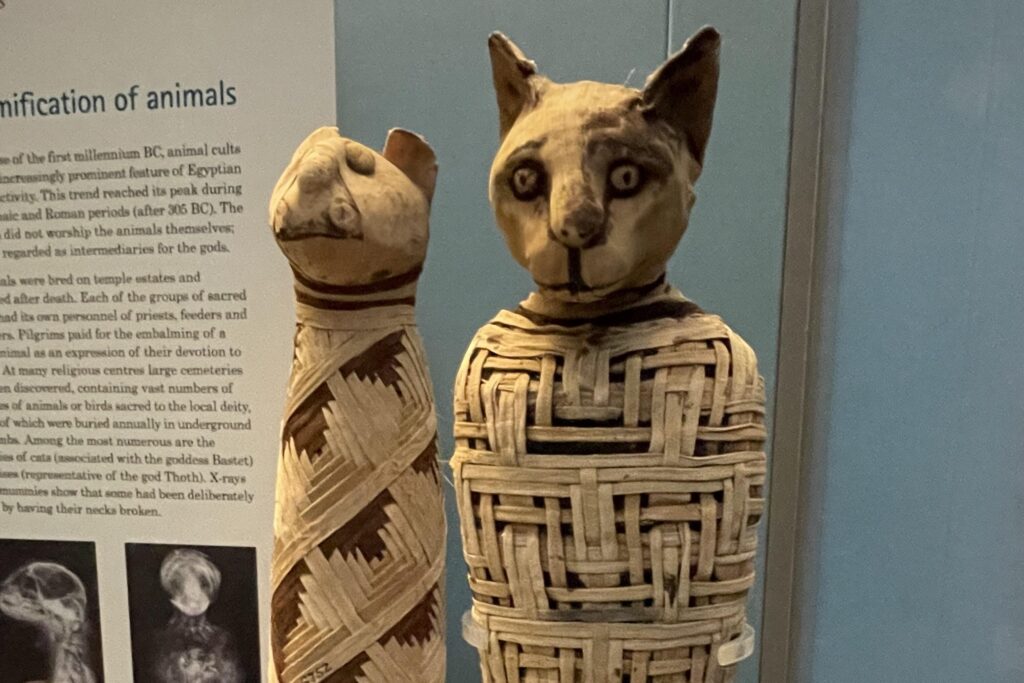
The lizard coffins are only a small part of a much bigger picture. Archaeologists estimate that ancient Egyptians mummified more than 70 million animals, cats, ibises, snakes, crocodiles, and even scarab beetles. Entire industries were dedicated to breeding, preparing, and selling animals for ritual sacrifice, especially near temples. Visitors to shrines could purchase an animal mummy as an offering, much like buying incense or candles today. The sheer scale of this practice shows just how important animals were to the Egyptian religious system, making them as central to worship as the pyramids or great temples themselves.
5. The coffins were sealed for over two millennia
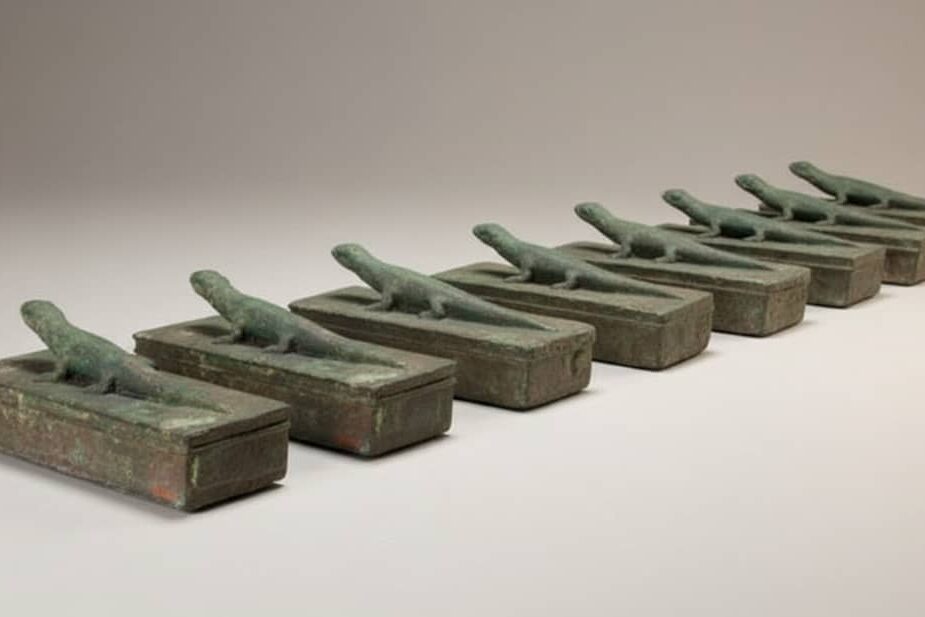
When these small sarcophagi were crafted, they were meant to stay closed forever, and many of them did. For more than 2,500 years, the lizards inside rested untouched in linen wrappings, their boxes soldered shut with care. Archaeologists long resisted opening them, fearing they would destroy the fragile remains or lose critical details in the process. To modern scientists, the sealed coffins presented an exciting but delicate puzzle: how do you study what’s inside without breaking history apart? This challenge led researchers to turn to new technologies that could reveal the contents without disturbing the coffins’ original form.
6. Neutron beams unlocked their secrets
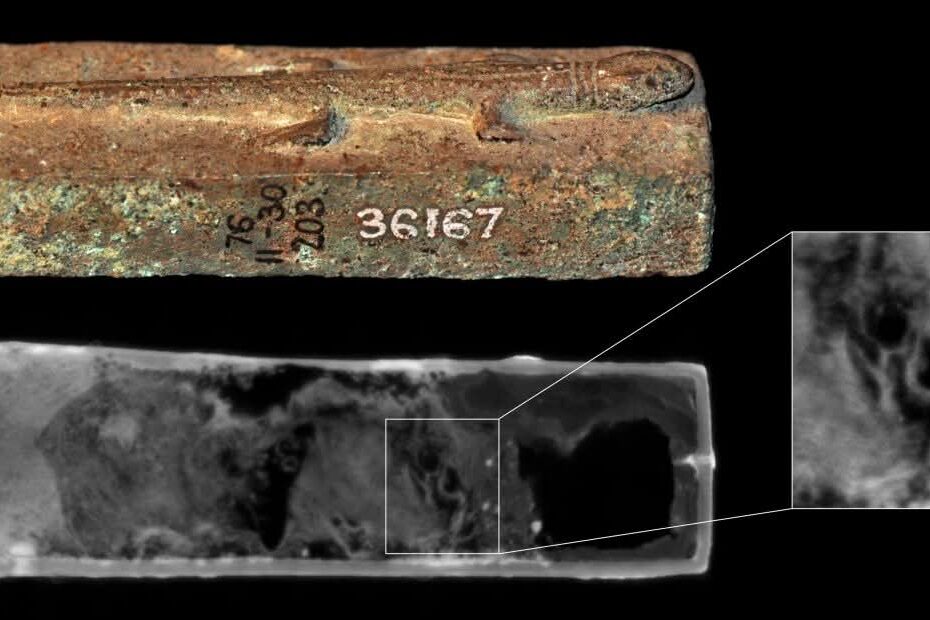
To solve the mystery of what lay inside the sealed coffins, scientists turned to a powerful tool: neutron tomography. Unlike X-rays, which struggle to penetrate dense metal, neutron beams can pass straight through bronze and lead to create detailed 3D scans. When researchers tested six coffins this way, the results were astonishing. They found linen-wrapped reptile remains, fragments of full skeletons, and even a perfectly preserved lizard skull. What’s more, traces of molten lead appeared scattered among the wrappings, hinting at a deeper ritual or practical process. This breakthrough showed how modern technology can breathe new life into artifacts that otherwise might have stayed sealed and silent forever.
7. The lead may have been symbolic, or scientific
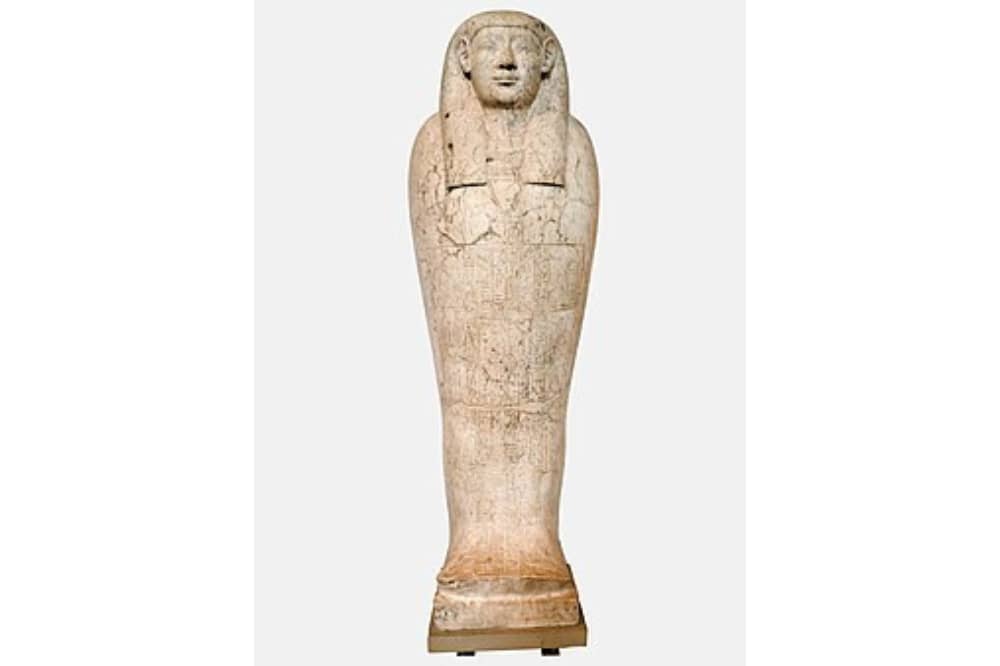
The presence of lead inside most Egyptian coffins has sparked lively debate among researchers. On one hand, lead could have been added for practical reasons, perhaps as ballast to weigh the coffins down or as part of the embalming process. On the other hand, ancient Egyptians often used materials symbolically, and lead may have held spiritual importance. Some experts suggest it was meant to “seal” the offering, protect it from evil, or guide it safely into the afterlife. This blend of possible science and symbolism shows just how layered and complex Egyptian ritual practices could be, balancing physical needs with deep spiritual meaning.
8. The boxes themselves are stunning
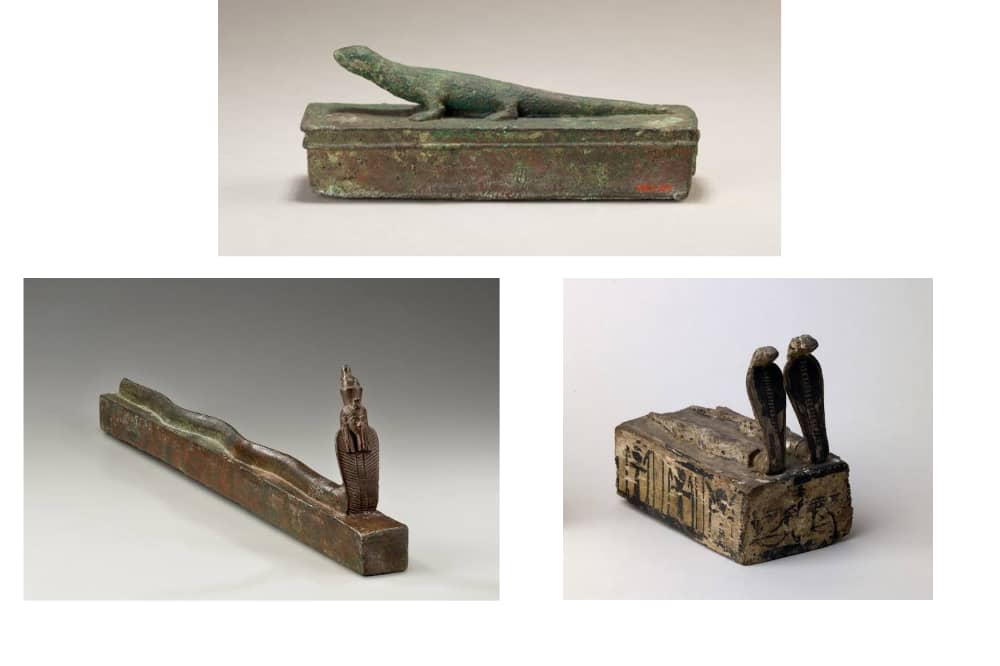
Even before scientists looked inside, the coffins captured attention for their beauty. Each one was carefully crafted from bronze or other metals, engraved with intricate designs of animals, sometimes lizards, but also snakes, eels, or even mythological hybrids with human heads. These decorations weren’t random; they carried spiritual significance, reinforcing the sacred role of the offering. Sizes varied from just a few inches to nearly a foot long, suggesting that no two were exactly alike. Seen up close, the coffins feel less like containers and more like devotional artworks, designed to honor both the animal inside and the god to whom it was dedicated.
9. The mystery is far from solved
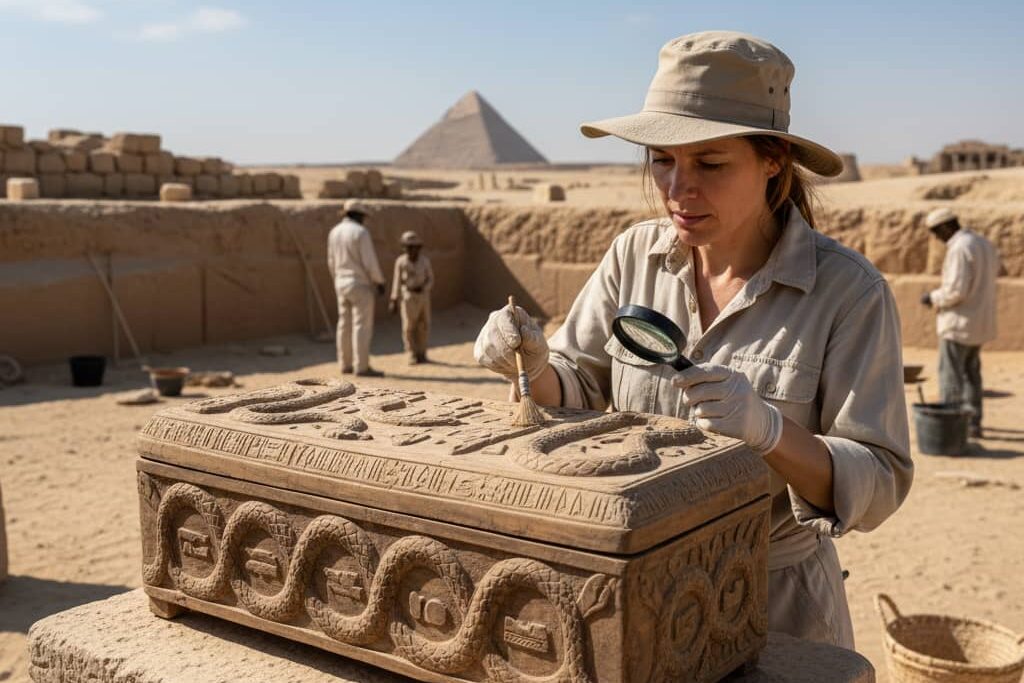
Despite these discoveries, many questions remain unanswered. Scientists still don’t know how the lizards were chosen, whether they were bred in captivity, or if they were captured from the wild. They also can’t yet determine how widespread the practice of sealing lizards in metal coffins truly was compared to other animals. New scanning methods and chemical analyses are being tested on sealed artifacts in museums worldwide, with the hope of uncovering more about ancient Egyptian animal cults. Each finding brings researchers closer to understanding how people thousands of years ago blended daily life, nature, and devotion into a unified system of belief.
10. It’s changing how we see ancient Egypt
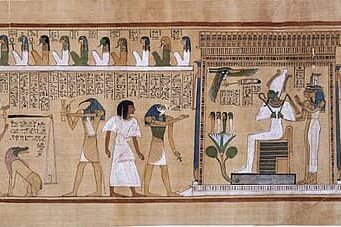
The study of these lizard coffins goes beyond curiosity, it reshapes how we understand one of history’s most fascinating civilizations. Animal mummification wasn’t just superstition; it was part of a vast, organized industry with ties to religion, economics, and science. The sealed boxes reveal a culture that saw animals not simply as creatures, but as sacred vessels connecting the human world to the divine. By examining these tiny sarcophagi, we gain a clearer picture of ancient Egypt’s complexity, where faith, artistry, and practicality came together in ways that continue to surprise us today.
Thanks to modern science, these forgotten offerings are finally speaking again, reminding us that even the tiniest relics can hold the biggest truths about humanity’s past.
This story 10 Strange Truths About the Lizard Mummies Buried in Sealed Egyptian Coffins was first published on Daily FETCH


